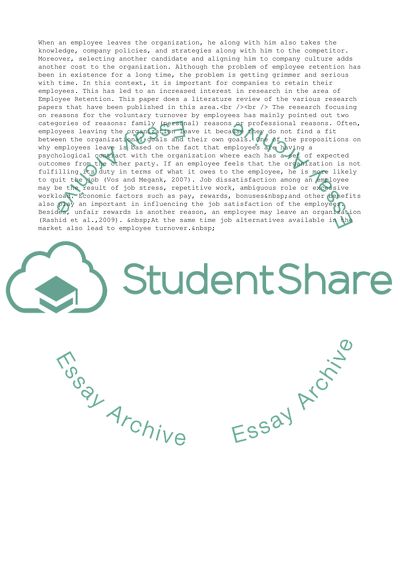Cite this document
(Impact of High Employee Turnover Literature review, n.d.)
Impact of High Employee Turnover Literature review. Retrieved from https://studentshare.org/management/1567827-employee-retention
Impact of High Employee Turnover Literature review. Retrieved from https://studentshare.org/management/1567827-employee-retention
(Impact of High Employee Turnover Literature Review)
Impact of High Employee Turnover Literature Review. https://studentshare.org/management/1567827-employee-retention.
Impact of High Employee Turnover Literature Review. https://studentshare.org/management/1567827-employee-retention.
“Impact of High Employee Turnover Literature Review”, n.d. https://studentshare.org/management/1567827-employee-retention.


